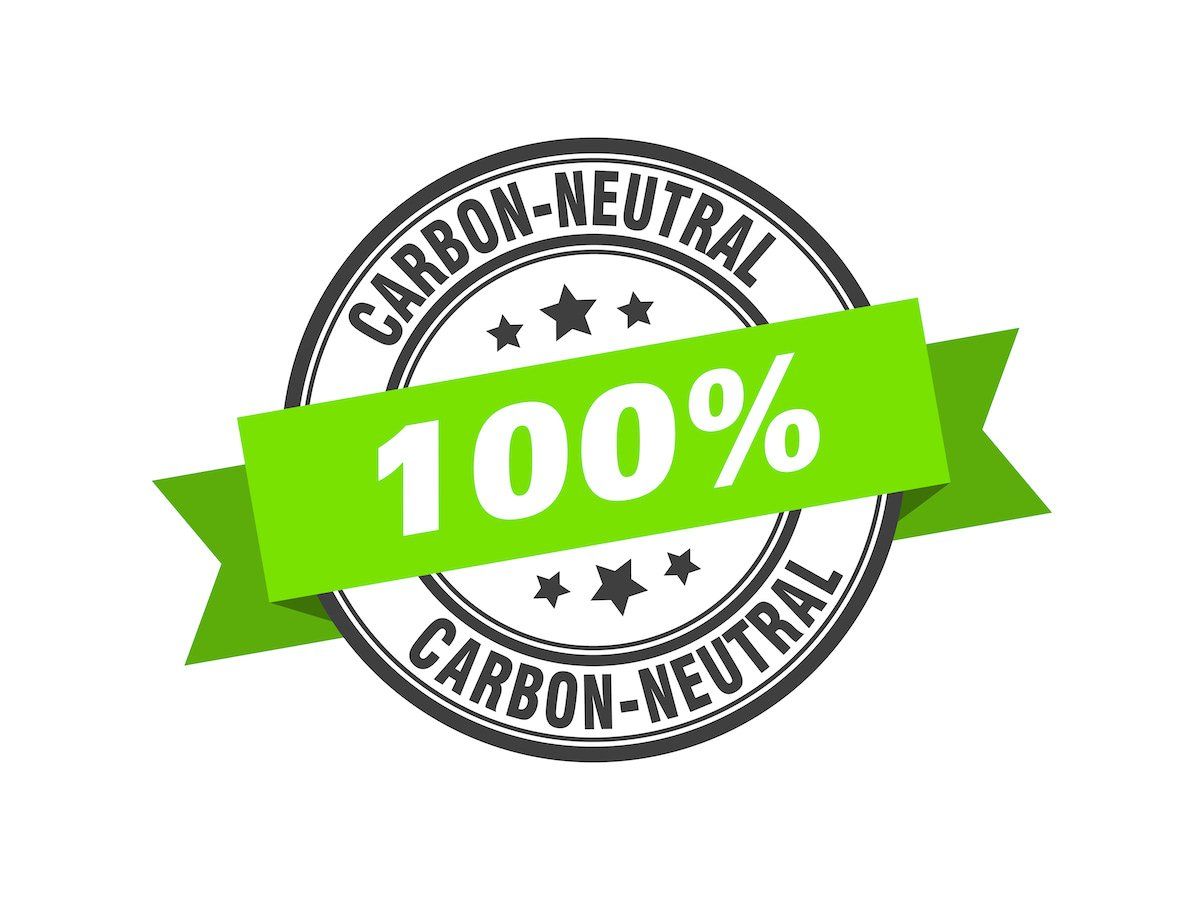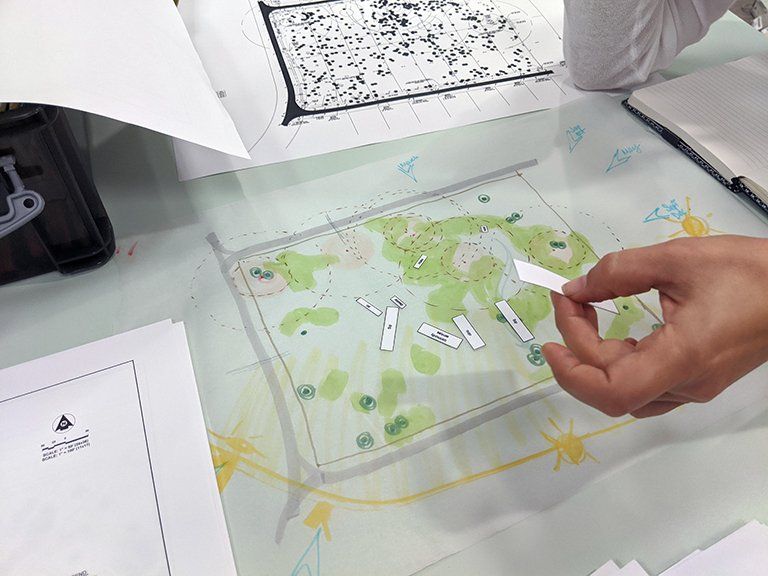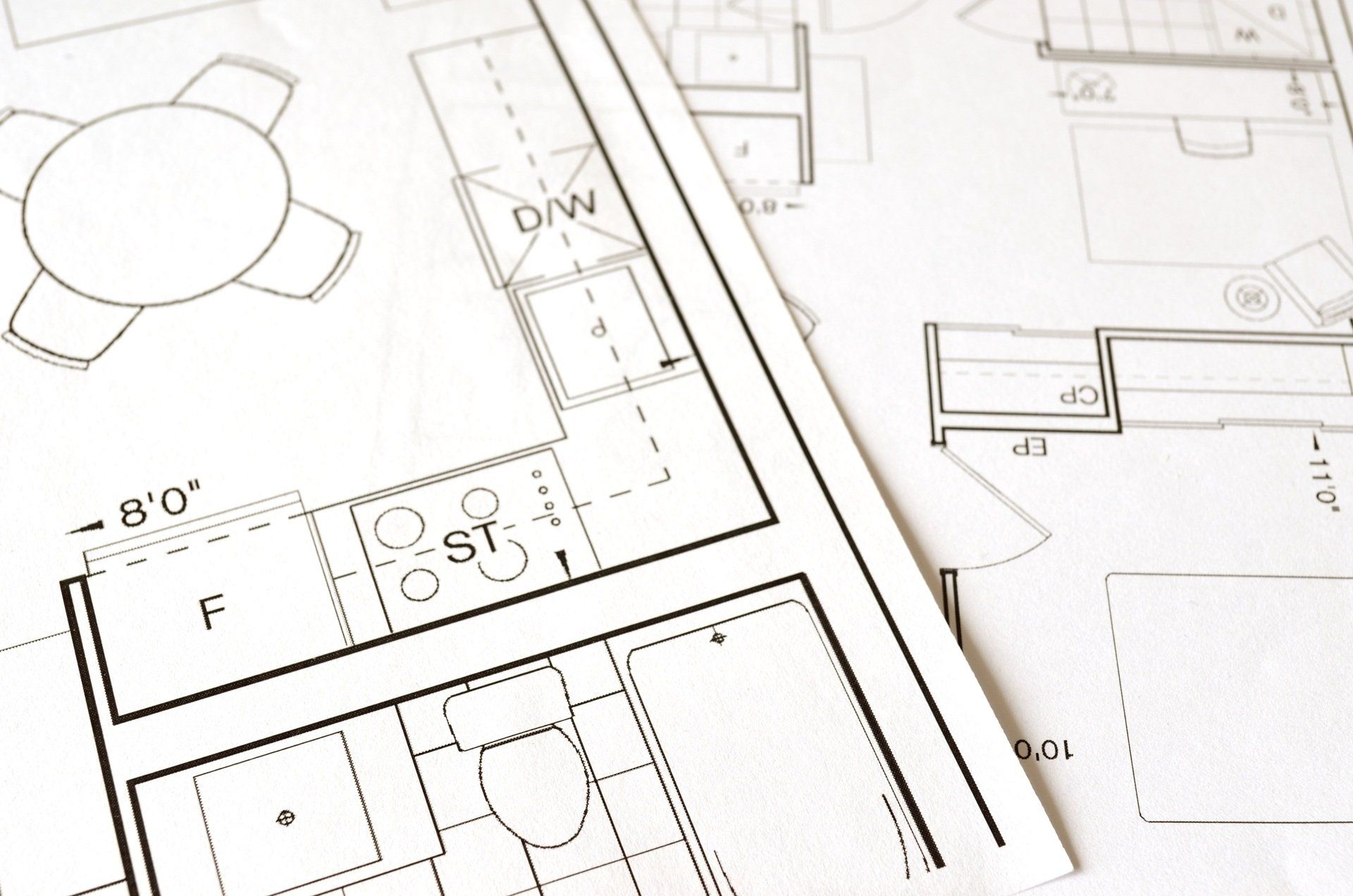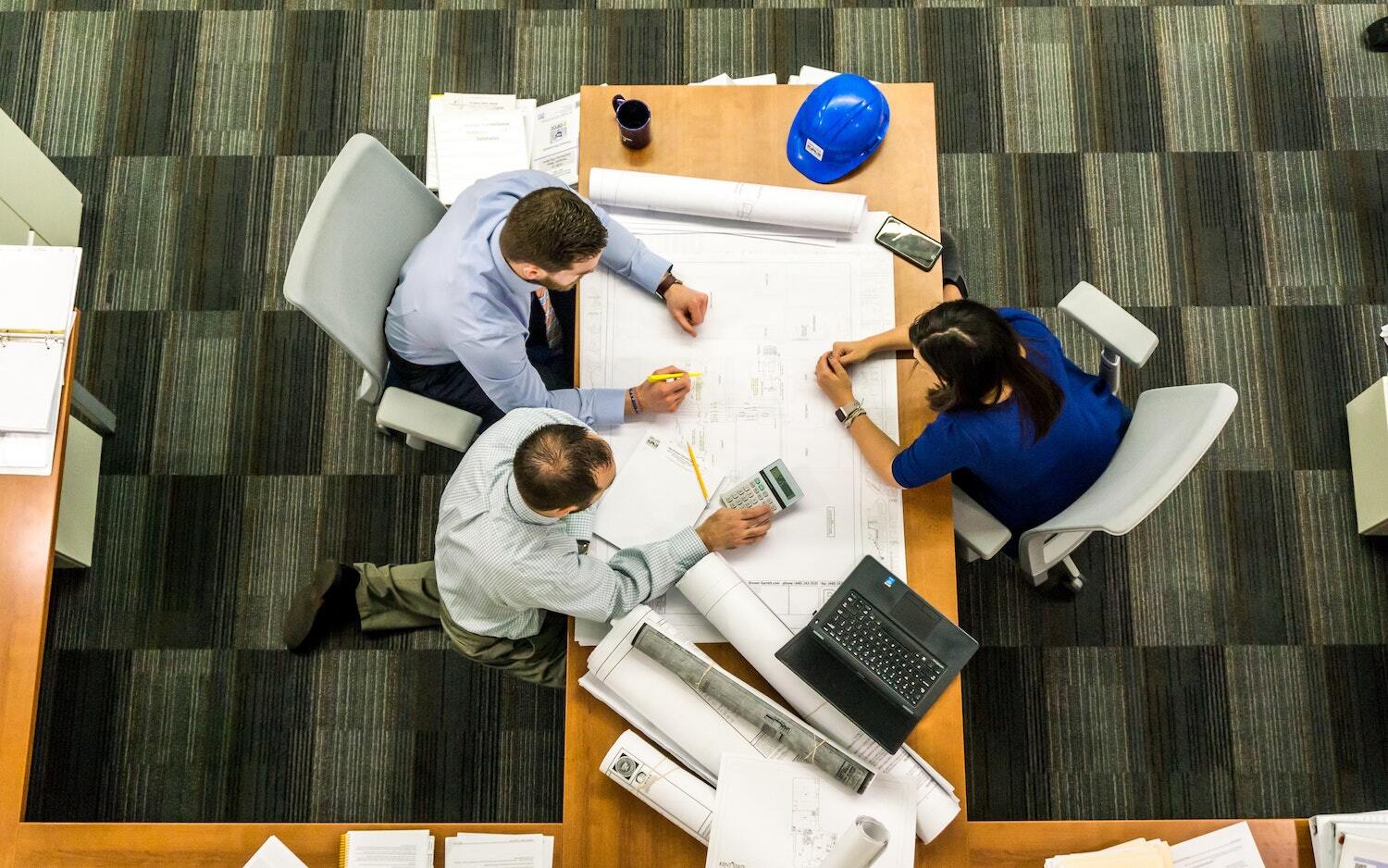Schimberg Group
Architecture & Interior Design
1421 5th Street, Unit D
Sarasota, FL 34236
Build Well for Environmental Wellness
By Barron Schimberg, AIA, LEED AP
A well-designed, well-built building is not just structurally sound. It should also be environmentally healthy. Professional architects, designers, engineers and building contractors have expanded the concept of “building well” by learning how to do what is right for the environment.
In my opinion, architects have a moral and ethical obligation to learn how to keep the built environment healthy and well. According to the U.S. Green Building Council, buildings in the U.S. are responsible for 40% of the energy consumption, 39% of CO2 emissions, and 13% of our nation’s water consumption.
Because I care about the quality of life for my family and community, I am a proud member of the U.S. Green Building Council and became a LEED Accredited Professional (AP) in Building Design and Construction. (LEED stands for Leadership in Energy and Environmental Design.)
Although many clients aren’t yet ready to adopt LEED’s whole-building approach to sustainability,
our design team can always recommend ways to make your building projects more environmentally sound. We can find ways to improve energy efficiency, control stormwater runoff, and/or reduce water usage, soil erosion, light pollution, and construction waste. Plus, we can suggest ways to help maintain the air quality inside
your building.
Here are just three practices we routinely follow to design environmentally well buildings:
- During master planning, we consider the environmental impact of the building’s orientation, its relationship to the site context, and adjacent structures.
- When designing a shell building, we provide as much natural daylight as possible through glazing, translucent panels, or skylights.
- In designing interiors, we recommend using less environmentally harmful materials and finishes, such as recycled glass tiles, low VOC paint, or FSC-certified woods.
At The Schimberg Group, we like keeping up with the newest options for designing environmentally healthy buildings. And, we are always happy to share what we’ve learned.
You might be surprised to discover that many environmentally friendly options have become more affordable, more accessible, and more aesthetically appealing.
Personally, I am impressed that more clients are interested in using materials made from recycled products, or materials that were manufactured locally instead of being shipped from overseas. I look forward to the day when solar panels are sufficiently affordable for use on the roofs of the average construction project in Florida and society is truly ready to construct buildings with zero carbon footprints.
If you have any questions about sustainable building sites and environmentally healthy building designs, please do not hesitate to call us at 941-894-6888 or email us at info@theschim.com.
FOR MORE INFORMATION
Recent Blog Posts
Website design by Archmark





